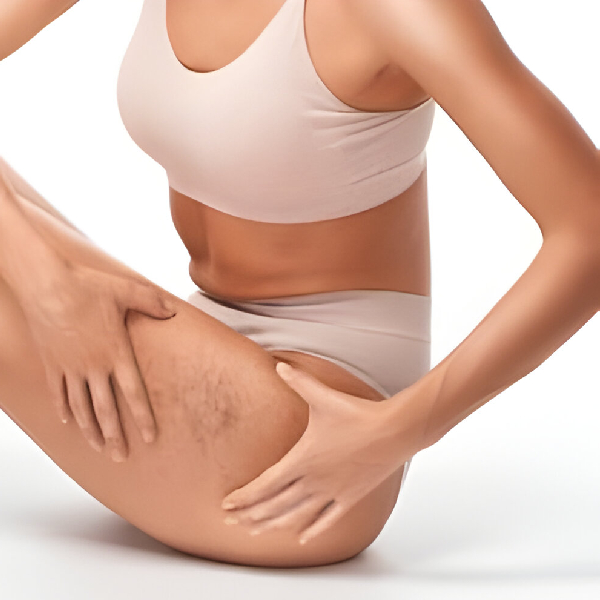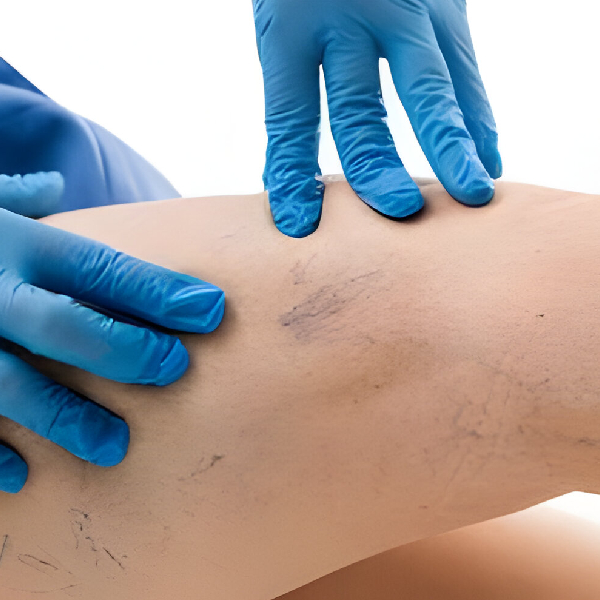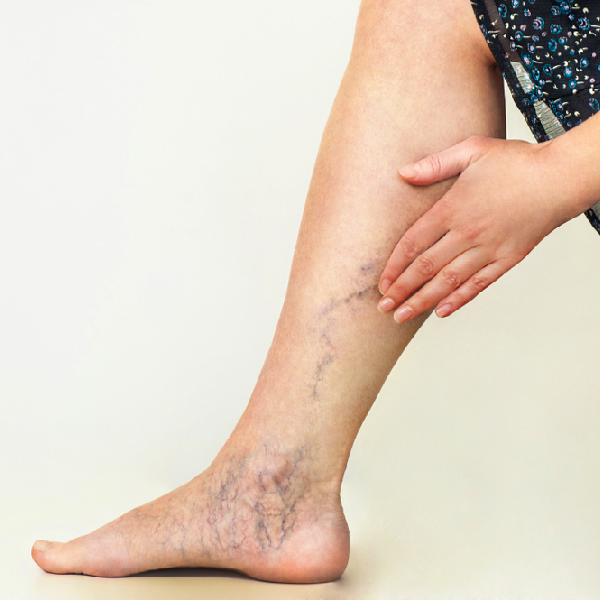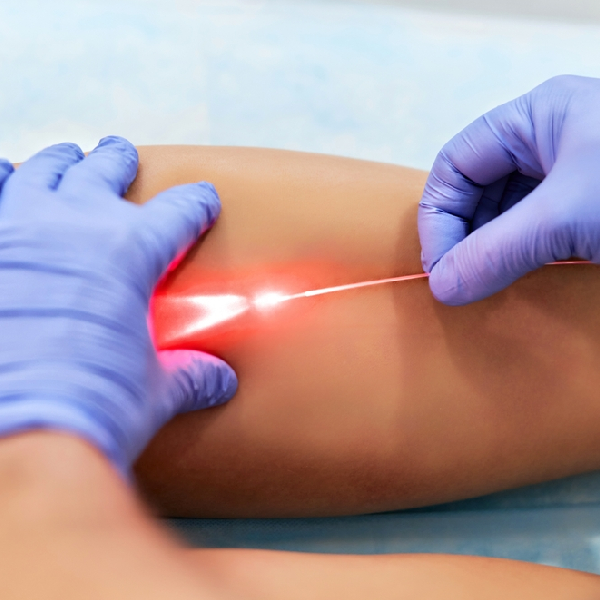R
e
l
e
v
i
u
m
Spider Veins
Symptoms and Differentiation from Varicose Veins
Spider veins, often confused with varicose veins, are small, visible vessels in the legs that come in various colors such as purple, red, or blue. They typically have a web-like or “squiggly” appearance. Initially perceived as a cosmetic concern, spider veins can progress into symptomatic or asymptomatic varicose veins over time.
Common symptoms associated with spider veins include:
- Heavy legs
- Swelling in the ankles and legs
- Restless legs, especially at night or while sitting
- Leg pain, particularly at night or after prolonged standing
- Leg muscle fatigue
- Skin changes such as rashes or discoloration
- Ulcers in the lower leg


**However, not all individuals with spider veins experience these symptoms.
Patients experiencing any combination of these symptoms due to venous insufficiency may benefit from available treatments with minimal recovery time. At Relevium in New Jersey, our experienced providers offer high-quality care to improve self-confidence and skin appearance.
Understanding Spider Veins
Spider veins are small, thin veins that appear red, purple, or blue and have a web-like or “squiggly” pattern.
Causes of Spider Veins
Spider veins result from venous insufficiency, where weak venous valves in the legs cause blood to flow backward and pool in the veins. Factors such as a family history of spider veins, prolonged standing, obesity, pregnancy, and a history of blood clots increase the risk of developing spider veins.


Risk and Diagnosis
While spider veins are not life-threatening, they may indicate underlying venous insufficiency that, if untreated, can lead to varicose veins and ulcers. Painful symptoms like cramping, swelling, and heaviness in the legs are associated with spider veins and venous insufficiency. Spider veins are typically visible on the skin’s surface and can be diagnosed through a visual examination. Diagnostic ultrasound may be used to assess underlying venous insufficiency.
Treatment Options
Treatment for spider veins focuses on improving their appearance and addressing the underlying venous insufficiency. Options include sclerotherapy and laser therapy for spider vein appearance, while radiofrequency ablation, sclerotherapy, varithena, and endovenous laser ablation target venous disease.
Prevention Measures
While heredity, obesity, and pregnancy can contribute to spider vein development, preventive measures include elevating the legs, taking breaks from prolonged standing, wearing compression stockings, and avoiding crossing the legs while sitting.
Convenient Online Booking for a Seamless Experience
Schedule Your Next Appointment with Ease
Go To Top

